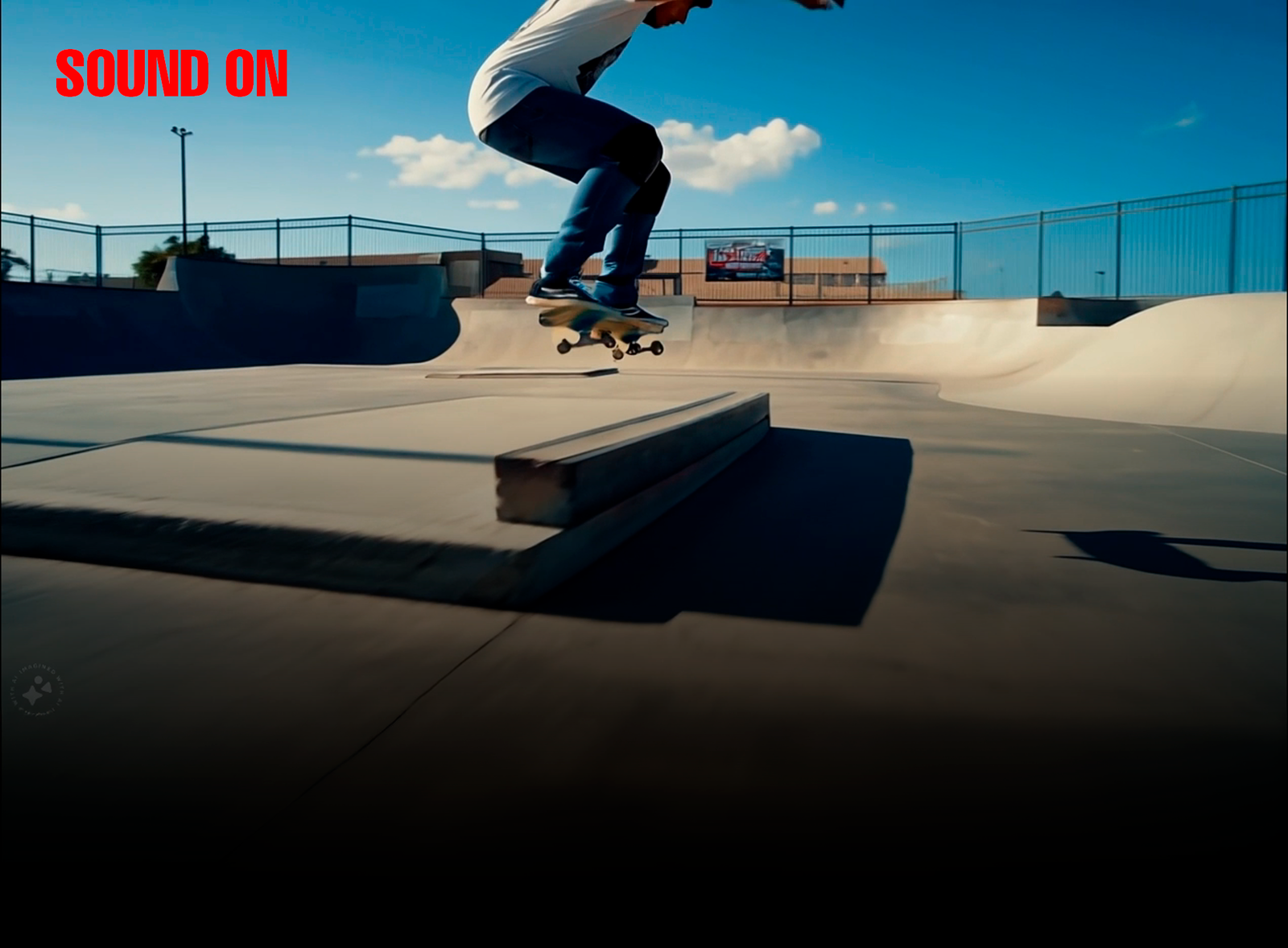HunyuanVideo-Foley | video to audio Foley generation

Share this post:
HunyuanVideo-Foley | what matters
What it is
HunyuanVideo-Foley is a text-video-to-audio system that generates synchronized Foley, ambience, and incidental sounds from picture at 48 kHz. In plain terms, you feed it a clip and it produces timing aware effects that follow the visual action without manual spotting. You can steer results with short prompts that describe space, distance, and material, which makes it useful for quick tonal shifts. Instead of building temp tracks by hand, you can get a credible first pass in minutes and move on to storytelling decisions. For teams that need to show intent early, this replaces silence with believable audio beds that support pacing and performance. It is not meant to replace a sound department. It is a tool for faster iteration so editors and directors can judge rhythm, energy, and emotional beats with sound on, then hand off cleaner references to the mix.
Why filmmakers should care
Temp audio is the difference between a cut that plays and a cut that needs explaining. With HunyuanVideo-Foley you can generate timing accurate effects for animatics, previs, dailies, and rough cuts without booking a stage or pulling a library for every hit. Because prompts are optional, you can run a no prompt pass to hear the baseline and then add guidance for room tone, material, or perspective when you need more intent. Batch mode helps you process a reel in one session and keep alternates per shot so the editor can choose the best take inside the NLE. Dialogue is still a separate workflow. Treat this as Foley and ambience first, then plan ADR or TTS for speech. The value is creative momentum. You reduce the time between an idea and a watchable sequence, which is exactly where many projects stall.
Workflow tips for post
Write concise prompts that sound like mix notes. Mention space, texture, and distance, for example warehouse reverb, metal steps close, jacket nylon soft. Save two or three versions per shot at different intensities and name them clearly so editorial can audition quickly. Render stems per scene rather than collapsing everything into a single stereo file. That gives your mixer headroom for balance and dynamics later. If you are cutting a longer sequence, keep a short style sheet that lists default room tone, perspective rules, and any recurring props so runs stay consistent. When you move from temp to final, share prompts, seeds, and version info with the sound team. That paper trail lets them recreate or replace elements without guessing and avoids surprises near delivery.
License and practical notes
HunyuanVideo-Foley is released with a Tencent Hunyuan Community License. The weights are openly downloadable for research and evaluation, but this is not a permissive open source license. Commercial use is allowed with conditions that can include territory limits and scale thresholds. Always read the current license in the model card and repository before you integrate the tool into a paid workflow. If you operate across regions, confirm whether your markets are fully covered. On the technical side, plan for a single high VRAM GPU for smooth runs and use the Gradio app to iterate quickly before committing to a batch pass. Treat outputs as creative references until legal clears deployment, then route final mixes through your DAW for EQ, dynamics, and deliverable specs.
Sources
- Product page: https://hunyuan.tencent.com/video/en?tabIndex=0
- Hugging Face model card and weights: https://huggingface.co/tencent/HunyuanVideo-Foley
- GitHub repository: https://github.com/Tencent-Hunyuan/HunyuanVideo-Foley
- Hugging Face Space: https://huggingface.co/spaces/tencent/HunyuanVideo-Foley
- Paper: https://arxiv.org/abs/2508.16930



